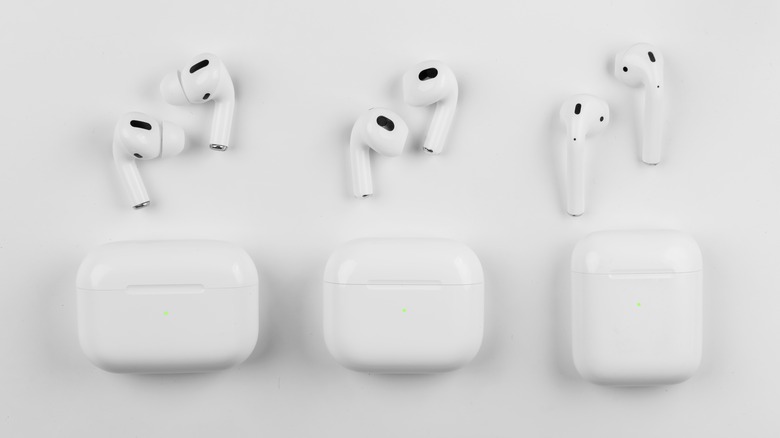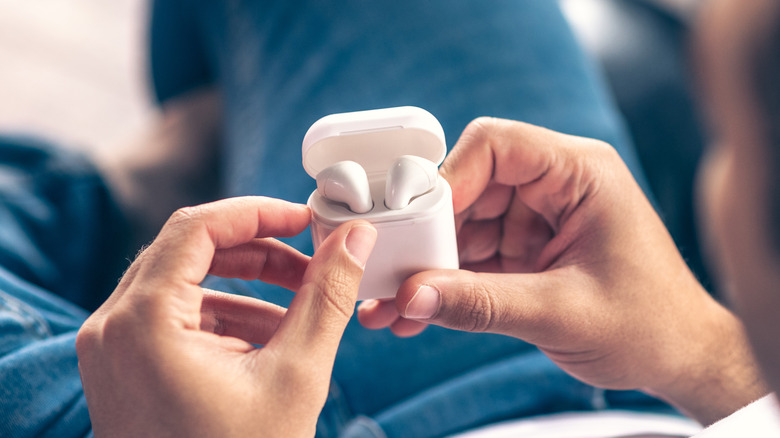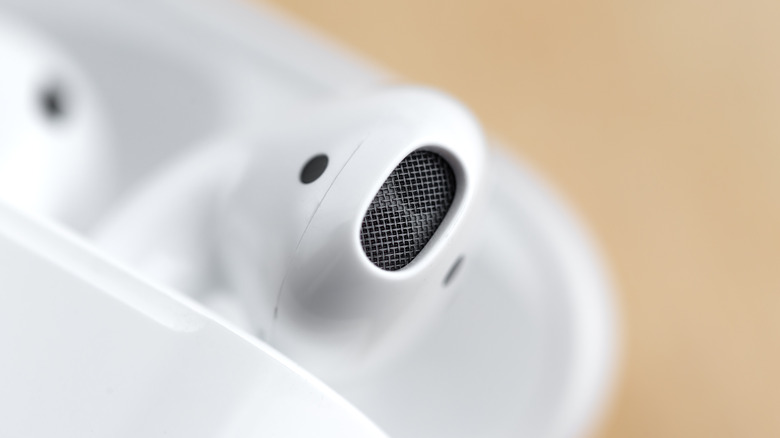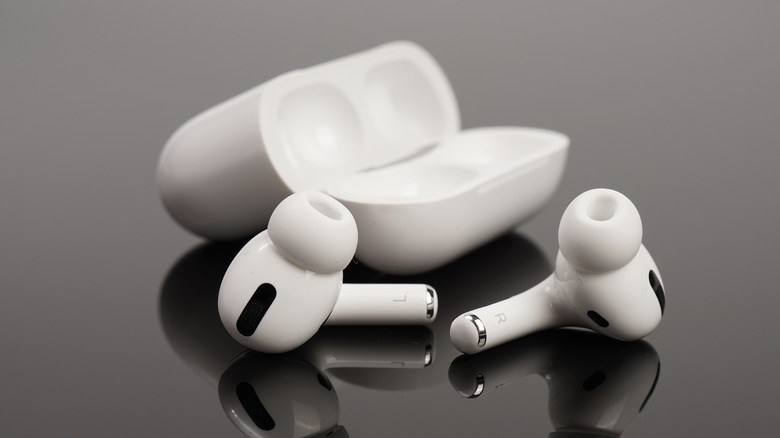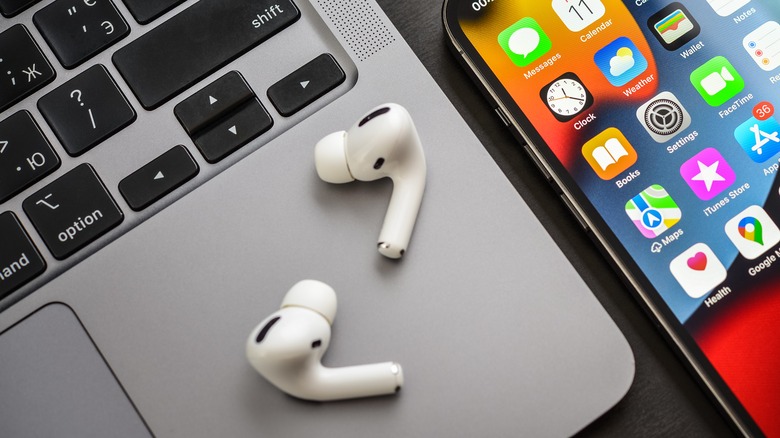How To Dry Out Wet AirPods (And What To Do If They're Damaged)
Whether you've dropped your AirPods in the sink or accidentally spilled water while they were still in the case on your desk, there are a few ways that can help you dry out the device, but you've to be quick.
Unlike iPhones and Apple Watches, AirPods are more prone to water damage as they can't withstand moisture ingress like other devices. The AirPods (1st and 2nd generation) and the AirPods Max aren't water resistant.
On the other hand, the AirPods Pro (1st and 2nd generation) and AirPods (3rd generation) have an IPX4 rating, which only makes the device sweat and splash resistance. The AirPods Pro (2nd generation) with MagSafe Charging Case (USB-C) are the only Apple earbuds with an IP54 water and dust resistance rating.
However, water resistance is not permanent and is reduced with regular wear and tear. Even if you have the newer modes, you must dry out your AirPods before it's too late and the damage is irreversible.
Wipe your AirPods with a lint-free cloth
The first thing you should do is wipe out the exterior of your AirPods with a clean, lint-free cloth. If handy, use a microfiber cloth. Spread the cloth on a flat surface, keep an earbud on it, and fold it over it so that it surrounds the earbud from all directions. Now, gently grip the earbuds to ensure the cloth absorbs all the extra moisture on the surface.
If you have the AirPods Pro (1st or 2nd generation), remove the silicon tips and check if any moisture is stuck there. Don't press too hard on the mesh, or you might damage it.
While these steps apply to the earbuds, they can also be used for the AirPods charging case. Wipe the exterior surface using a cloth. Roll the cloth into a pointed shape, or use cotton swabs to clean the grooves that house the earbuds. Check the charging port and use a cloth-covered pryer to absorb any moisture.
Eject any residual moisture using an iOS Shortcut
The next best thing would be using the water ejection shortcut. Ensure that your AirPods are completely dry, place them back in the case, and connect them to your iPhone. Swipe down from the middle of the home screen to invoke Spotlight Search, type "water eject," and tap on the result from "shortcutsgallery.com."
On the following page, hit "Get Shortcut," then select "Add Shortcut" at the bottom. Now, tap the Water Eject shortcut in the Shortcuts app and hit Start. Depending upon the severity of exposure to moisture, select from the intensity levels one, two, or three. If your AirPods support in-ear detection, you must cover the optical or skin-detecting sensor for the shortcut to relay the sound to the earbuds.
The shortcut works like the water ejection feature on the Apple Watch — it forces any residue water droplets out of the speaker mesh. Use a dry cloth to wipe off the moisture and clean the earbuds.
What if the AirPods don't respond?
Once done, place the AirPods and the charging case (with the lid open) on a clean, dry cloth, preferably in a warm, non-humid area, for at least one day before you try to start using them again. Alternatively, you can place them in a box with silica gel packets. After a day, try putting the earbuds back in the case, connecting them to your iPhone, and playing something.
However, if your AirPods don't respond, which might indicate severe damage, don't try anything else on them. Take them to the nearest Apple Store and ask the technician to examine the device. If they could improve with some repairs, the executive will inform you about the costs involved.
Although the limited warranty doesn't cover accidental damage, an AppleCare+ subscription allows you to get the repairs at a lesser price for two yearly incidents. If repairs are of no use, you can replace your AirPods, too. The Apple Store executive will guide you about the next best step.
Some things to keep in mind
Even though some AirPods are water resistant, constant exposure to moisture could cause harm, especially if it's sweat or water infused with any other chemical. Hence, you should develop a habit of cleaning your AirPods once every few days.
Never use hair dryers to spin the clock on the process, as the heat could damage the internal components. Burying your AirPods in a packet of rice will do no good, either. If the grains get stuck in the charging port, that might add to the repair bill.
As a precaution, Apple advises against placing the AirPods under running water from a shower or a tap. It also prohibits swimming with the device or submerging it in liquids. Further, taking the earbuds in a sauna or steam room could also cause irreparable damage. Exposing AirPods to soaps, shampoos, lotions, or perfumes isn't a good idea either, as it could weaken the water-resistant layer.
